Southeast Asia Archive
Free Newsletter
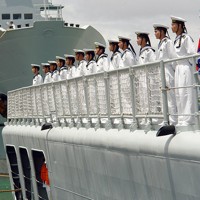
SHANGHAI — Following a period of relatively aggressive behavior from 2009 to 2011, recent events suggest that Beijing is pursuing a new strategy on the region’s high seas, perhaps in response to Washington’s Asia pivot. China’s new approach involves asserting sovereignty through civilian actors on a day-to-day basis while adopting a less explicitly abrasive military posture. Going into this week’s Association of Southeast Asian Nations (ASEAN) summit, where hopes for agreement on a maritime code of conduct are rising, it seems China would need to radically alter this strategy to participate fully in any such arrangement. For manifest geostrategic reasons, […]
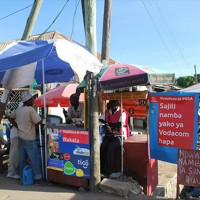
Across the developing world, the revolution in mobile telecommunications technology is driving massive changes in access to financial services. Currently, there are 2.7 billion “unbanked” people in developing countries (.pdf). They have few effective ways to save money; accessing credit and transferring money is difficult and expensive; insurance is a dream. Yet, to break cycles of poverty, the poor need access to affordable and versatile financial services. The rapid uptake of mobile phones, even in remote areas and among the poorest of the poor, has the potential to significantly increase financial inclusion. The Grameen Foundation estimates that nearly 40 percent […]
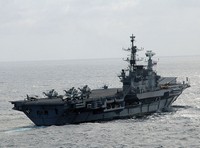
China’s four-week standoff with the Philippines in May over the disputed Scarborough Shoal in the South China Sea has brought the issue of Asian naval rivalry back to center stage. The anxiety is not confined to China’s neighbors in Southeast Asia, however. Maritime experts in India now worry about the increasing frequency and size of Chinese maritime contingents deployed in anti-piracy patrols off Somalia and the increasingly assertive stance adopted by China’s maritime policy community, no longer coy about discussing naval bases in the Indian Ocean. But if New Delhi is most concerned about China’s forays into the Indian Ocean, […]
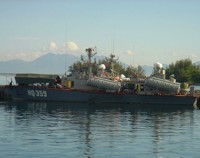
In June, Vietnam asked the U.S. to end a ban on lethal weapon sales to the country in service of its ongoing military upgrade. In an email interview, Carlyle A. Thayer, an emeritus professor at the University of New South Wales at the Australian Defense Force Academy, discussed Vietnam’s military modernization. WPR: What is the current size, scope and capability of Vietnam’s military, and what are the major gaps it is seeking to fill? Carlyle A. Thayer: The Vietnam People’s Army (VPA) totals 482,000 main forces, comprised of the army (412,000), navy (40,000) and air-defense air force (30,000). The armed […]
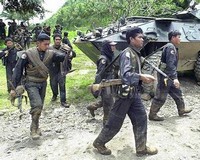
More than 20 years after the collapse of the Soviet Union, with most of the world’s attention having shifted to the threat of international terrorism, the Philippines and Peru are still struggling to pacify their countries’ communist insurgencies. Rather than fading into history, the Philippines’ New People’s Army (NPA) and Peru’s Shining Path have updated their rhetoric to reflect contemporary concerns in an effort to make their ideologies relevant to the “masses” in the post-Cold War era. The NPA and Shining Path, which were founded in 1969 and 1982, respectively, have not abandoned their discourse on Marxism and land reform, […]
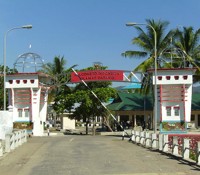
Indonesian state oil company Pertamina signed an agreement in June with Timor Gas E Petroleo, the national oil company of Timor-Leste, to develop Timorese oil and gas. In an email interview, Cillian Nolan, a Southeast Asia analyst at the Jakarta office of the International Crisis Group, discussed relations between Indonesia and Timor-Leste. WPR: How have relations between Indonesia and Timor-Leste evolved since Timor-Leste’s independence? Cillian Nolan: Good relations with Indonesia were a priority from the beginning for Timor-Leste’s current leaders, but the relationship really began to grow following the establishment of the Commission on Truth and Friendship (CTF) in 2005. […]
